Amaryllis is a stunning flower known for its vibrant colors and large blooms. Not only is it eye-catching, but it’s also a favorite for the winter holidays. There’s a magical element to watching a bulb transform into a tall, elegant flower, especially when it times perfectly to bloom for Christmas.
Though traditionally grown in soil, Amaryllis can be grown in water as well, providing a more controlled and cleaner environment. In this article, I’ll share with you my journey on growing an amaryllis bulb in water and time it so that it blooms just in time for Christmas.
Table of Contents
Supplies Needed:
- Amaryllis Bulb: Choose a healthy, plump bulb with no signs of mold or decay.
- Clear Glass Vase or Jar: Ensure it’s large enough to accommodate the bulb without submerging it entirely.
- Stones or Pebbles: These will provide support to the bulb and encourage even water distribution.
- Water: Distilled or filtered water is preferred.
- Optional: Nutrient solution or liquid fertilizer for blooming plants.
Step 1: Choose the Right Amaryllis Bulb
Choosing the right amaryllis bulb is important for a successful growth journey. Look for bulbs that are firm, with a dry outer layer and no visible signs of mold, rot, or injury. The bigger the bulb, the more stalks and blooms you can expect.
I took an amaryllis bulb that I got three years ago—which, by the way, was a no-show in the blooming department last year, but actually sprouted a baby bulb! Figured out they might need a little TLC, so I peeled off the outer layer and plunked them into a jar filled with water.
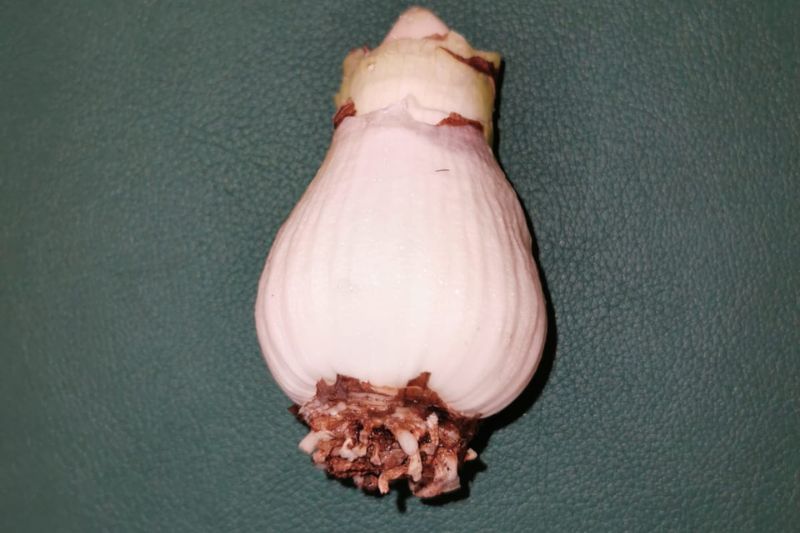
Step 2: Prepare Your Vase
Thoroughly clean your glass vase or jar with soap and water, and rinse well. Fill the bottom of the vase with 2-4 inches of stones or pebbles. This serves as the anchoring layer for the bulb and helps in water filtration.
Step 3: Place the Bulb
Set the amaryllis bulb on top of the stones, root side down. Make sure the bulb sits securely, and its bottom is not touching the water. You want to maintain a 1-inch gap between the water level and the base of the bulb to avoid rotting (similar to how you’d grow an avocado seed).
Step 4: Add Water
Carefully pour water into the vase, maintaining that 1-inch gap from the base of the bulb. The water should only touch the roots, providing hydration without causing rot.
Step 5: Find the Ideal Spot
Amaryllis bulbs require bright, indirect light to grow well. Place the vase in a location that receives ample light but is not exposed to direct sunlight for long periods.
Throughout the day, my amaryllis bulbs received a bit of sunlight, but were also protected by my Hibiscus.
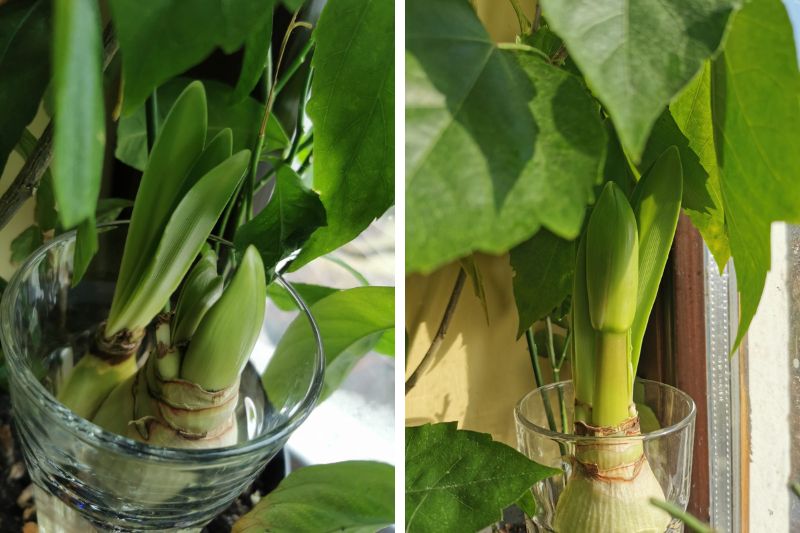
Step 6: Water Management
Check the water level every couple of days and replenish as needed. Change the water every week to prevent bacterial growth.
Step 7: Optional Fertilizing
Though not strictly necessary, you can add a diluted liquid fertilizer designed for flowering plants to encourage more robust growth and blooming. Follow the instructions on the fertilizer for dilution and application. In this experiment, I didn’t use any fertilizer.
Timing it Right for Christmas
To ensure your amaryllis blooms in time for Christmas, you’ll want to start the process 6-8 weeks before the holiday. Amaryllis bulbs typically take 6-8 weeks to bloom after planting, but this can vary depending on the variety and growing conditions. Keeping your home at a consistent temperature of around 65–75°F (18–24°C) will help speed up the blooming process.
For me, it took just a month to witness the blooms, which might be because the main bulb was already giving off growth vibes before I even put it in water.
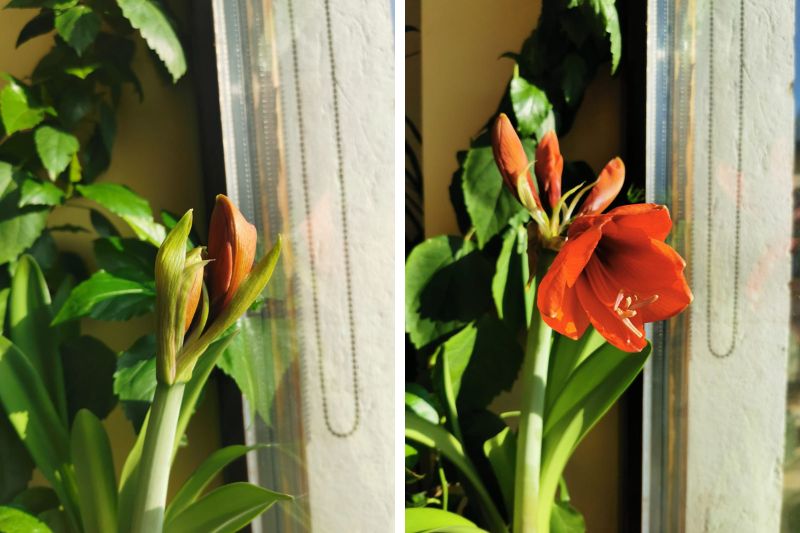

Troubleshooting Tips
- No Growth: If you don’t notice any growth after 3-4 weeks, the bulb may be a dud or may require a change in conditions such as more light or a warmer environment.
- Leaning Stalk: If the stalk leans or grows towards the light, rotate the vase every few days to ensure even growth.
- Root Rot: If the water smells or you notice a decrease in growth, you might be dealing with root rot. Immediately change the water and remove any decayed root portions.
Conclusion
Growing an amaryllis bulb in water is not only rewarding but also incredibly straightforward. It adds a touch of elegance and vibrant color to your home right when you need it the most—during the Christmas season.
By following these steps and keeping an eye out for the potential issues, you’ll have beautiful red flowers to brighten up your holidays.


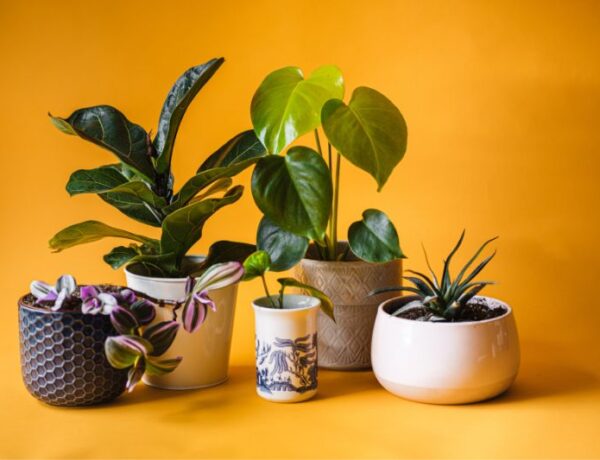
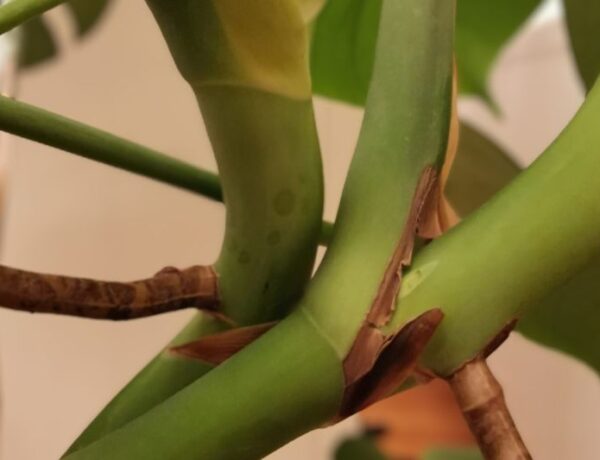


No Comments